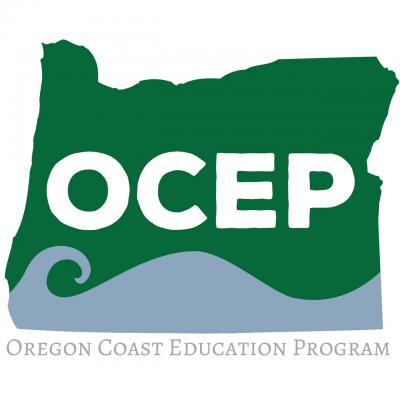2019 was the second-warmest year on record. Earth’s global average surface temperature was 1.71°F (0.95°C) above the 20th-century average in 2019. Nine of the 10 warmest years on record have occurred since 2005.
Scientists interpret patterns to construct explanations and come to evidence-based conclusions. The NOAA interactive website Ten Signs for a Warming World presents ten key climate indicators that all point to the same finding: the scientific evidence that our world is warming is unmistakable. Each indicator is linked to NOAA data and a short discussion of impacts. Together, the data present multiple pathways for understanding the complex global changes that are occurring due to human activities.
Download the interactive presentation
Photo: King Tide and storm surge events can help us understand and plan for the impacts of rising sea level.
Presentation: Comparing Weather and Climate from the NOAA Climate office
Reading: Described as “a non-scary book about Climate Change Science and Solutions for grades 4 -8”, How We Know What We Know About Our Changing Climate by L. Cherry and G. Braash introduces readers to more than 40 climate scientists and their research, and offers practical suggestions that empower students to become citizen scientists and contribute toward solutions.
NOAA Module
 The NOAA Sea Level Rise learning module describes sea level rise, its causes, and impacts; and challenges students in grades 6-12 to think about what they can do in response.
The NOAA Sea Level Rise learning module describes sea level rise, its causes, and impacts; and challenges students in grades 6-12 to think about what they can do in response.
Thermal Expansion
Thermal expansion accounts for about half of the measured global sea-level rise.
Melting Ice
Melting land ice raises sea level, but melting sea ice does not significantly contribute to sea level.
How will sea level rise affect salt marsh estuaries?
Sea Level Trends
Lesson: Sentinel Site Story - Follow the activities and data collected by South Slough National Estuarine Research Reserve as they monitor salt marshes, keeping track of changes like sea level rise.
Oregon King Tides Photo Project - Photo contributions from coastal community members taken during the highest high tides of the year show implications of high water on coastal structures. The King Tides Project generates information that coastal communities can use to reduce vulnerabilities to rising sea levels. Student can contribute photos to this community science project, and take observations from photos submitted by others in a variety of coastal locations.
How is water availability changing? How do we know?
Drought Resources for Teachers and Students
Measuring Precipitation
Fire Ecology
In the News
Nature Journaling and Observations
NOAA Planet Stewards Website
 The OCEP Modules were developed with funding from NOAA B-WET and are housed on the Northwest Aquatic and Marine Educators (NAME) website. Designed for use with students in grades 3-12, the curriculum provides educators with tools to prepare and engage students in hands-on learning about Oregon’s coastal ecosystems and their connections to Oregonians living throughout the state.
The OCEP Modules were developed with funding from NOAA B-WET and are housed on the Northwest Aquatic and Marine Educators (NAME) website. Designed for use with students in grades 3-12, the curriculum provides educators with tools to prepare and engage students in hands-on learning about Oregon’s coastal ecosystems and their connections to Oregonians living throughout the state.
Module Three is focused on Climate Change.
Visit the OCEP website, and see a PDF list of all the topics that are included.
NOAA National Marine Sanctuary Webinars
Visit the National Marine Sanctuary website to watch live or archived events focused on a variety of ocean and climate literacy topics, including:
The NOAA Climate website provides data, tools, and information to help people understand and prepare for climate variability and change.
Picture Climate Change - Students, how has climate change impacted you? Your family? Your school? Your community? NOAA wants to hear your climate impact stories as illustrated by a photo. In what ways has your landscape, wildlife, or way of life changed due to climate shifts? This photo contest is for students in grades 5-12, and submissions are due by November 15, 2021. Learn more